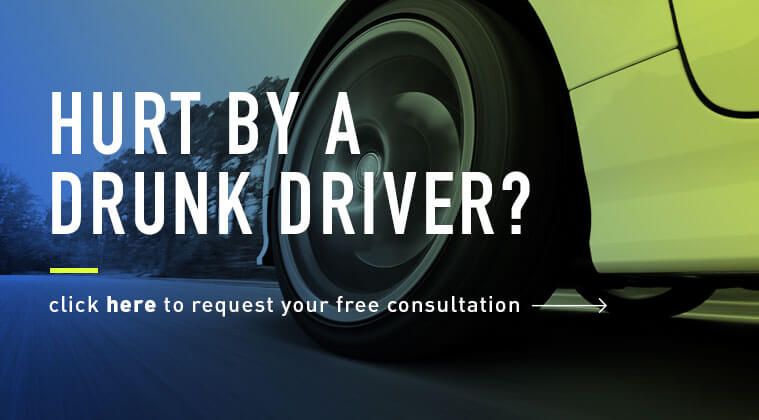Penalties for Drunk Driving in New York
Violating implied consent may seem preferable to a DWI charge, but the reality is that refusing a test does nothing to protect you from such charges; it only delays them and aggravates the law enforcement officers handling the situation. Whenever you encounter the police, it is always best to follow instructions and be as cooperative and respectful as possible.
The state of New York upholds various laws that determine the penalties for driving while intoxicated, and these penalties vary based on the driver’s BAC, past DWI charges, the substances involved, any injuries resulting from the driver’s behavior, the types of vehicles involved, the location of the accident, and several other factors.
New York has multiple offense classifications for DWI charges:
- A BAC of .08% or higher for passenger vehicle drivers and .04% for commercial vehicle drivers is a DWI charge.
- A BAC of .18% of higher, or driving while intoxicated with a passenger age 15 or younger constitutes an aggravated DWI charge.
- Alcohol-DWAI (driving while ability impaired). A lesser charge that applies when a “reasonable and prudent” driver is visibly impaired to “any extent” by alcohol.
- Drug-DWAI applies to any “reasonable and prudent” driver who is visibly impaired to “any extent” by drug use.
- Combination-DWAI applies to a “reasonable and prudent” driver impaired to “any extent” by a combination of drugs and alcohol.
A DWI charge leads to significant administrative penalties in New York. A first offense DWI, often called DUI (driving under the influence) for a driver with a BAC between .08% and .18% typically leads to a license suspension for six months or more. A first-time offense with a BAC higher than .18% or for a driver under the age of 21 will face license suspension for one year. Violating New York’s implied consent law by refusing a chemical test usually results in a one-year suspension for first-time offenders as well.
Most first offenders will face a license suspension and must complete an Impaired Driver Program and pay reinstatement fees to have the license returned. Additionally, all first-time DWI drivers will have an ignition interlock device installed on their vehicles. These devices prevent the car from starting until the driver blows into the device to check for the presence of alcohol. First offenders should also bear in mind that while New York does not strictly require jail time for first-time DWI charges, it is possible to receive a jail sentence of up to one year in some cases.
Penalties for Multiple Offenses
DWI penalties exist to deter drivers found guilty of DWI from engaging in this dangerous act in the future. Of course, some people do not learn after their first DWI charge and eventually receive another. With each subsequent DWI charge, drivers face harsher penalties and may even receive criminal charges in some cases. The associated costs increase with multiple DWI charges as well.
After each charge, a driver incurs fines, license suspension, possible jail time, and must attend traffic school and/or substance abuse education courses. The fines, suspension time, and possibility for jail time increase with each charge. Additionally, a second DWI charge in New York may lead to vehicle confiscation.
Costs of a DWI in New York
Surveys indicate that the average overall cost for a first time DWI charge is roughly $6,500. This costs breaks down as follows:
- Attorneys’ fees.
- Court-ordered fines. In New York, most first-time DWI charges incur fines of $500 up to $1,000.
- Higher costs for car insurance. After receiving a DWI charge, your car insurance company will likely increase your rates for your auto insurance policy. On average, this can amount to as much as $800 more per year in insurance premiums.
- Costs of required courses. You still have to pay for the courses the court requires you to attend after a DWI charge. On average, traffic school and substance abuse education courses cost first-time DWI recipients about $360.
- Ignition interlock devices (IIDs). New York requires first-time DWI drivers to install IIDs on their vehicles at their own expense. IIDs cost about $170.
- Department of Motor Vehicle (DMV) fees. After a DUI arrest, the driver will likely incur fees for license and vehicle registration, namely reinstatement fees, typically amounting to about $260.
- Towing and vehicle storage. After a DUI arrest, the police will not let you drive your own car home. If no one can drive your car home for you, towing and storage usually costs about $170.
- Bail. You may have to go to jail after a DUI arrest, and if you want to get out as soon as possible you will have to pay bail, which is about $150 on average.
There are various other factors that may increase these costs, and the costs will increase with each offense. Ultimately, drunk driving is a terrible choice in every way. There is never a good reason to risk these penalties or harm to yourself or others, especially since there are alternative ways to get home.
Consult a Local Long Island Drunk Driving Accident Lawyer
If you have been injured in a motor vehicle accident involving a drunk driver, we can help. Contact us online or call us at (631) 451-7900 to set up an appointment. Our Long Island drunk driving accident attorneys will meet with you at a location that is convenient for you, including your home or the hospital if necessary.






